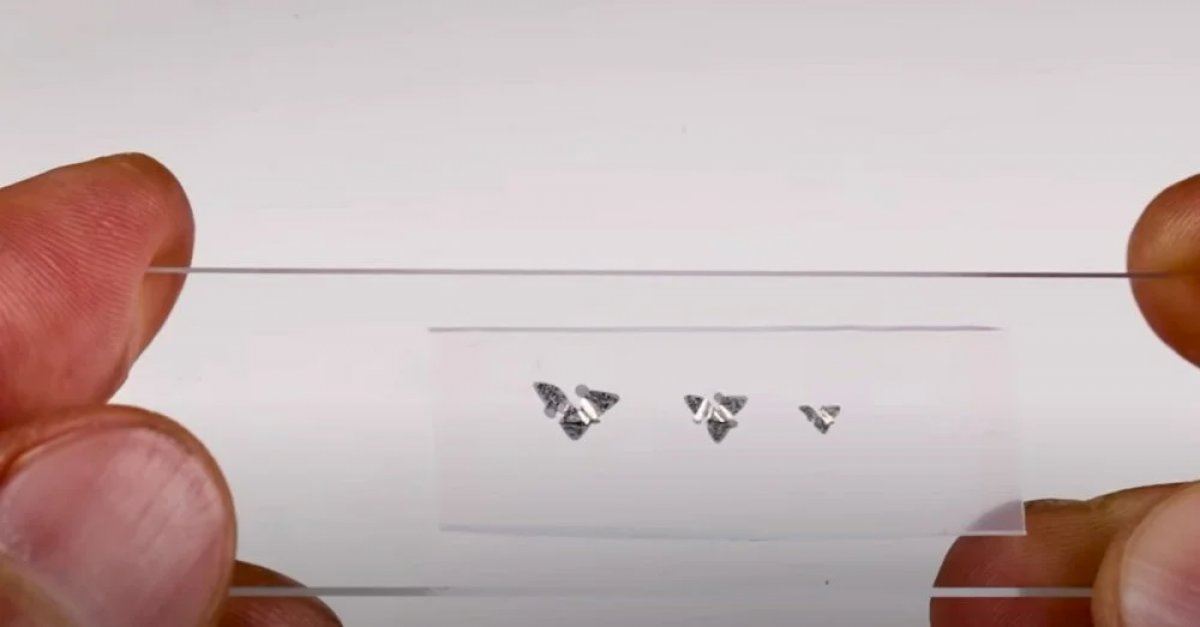Scientists have invented the world's smallest flying microchip by observing seeds dispersed by the wind. The motorless microchip works like the propeller seeds of a maple tree and catches the wind to slow its fall as it glides to the ground.
Stating that this situation allows the microchip to spread over a wide area and increase the time it spends in the air, experts said that the device interacts with pollution and disease particles while descending.
HOLDS SENSORS AND MEMORY
The scientists explained that in addition to sensors on the microchip, it has various power sources, antennas for wireless communication and embedded memory for data storage.
DETECTS DISEASES IN THE AIR
"Our goal in developing the device is to enable air pollution monitoring, population surveillance, and easy tracking of airborne diseases," said John Rogers, professor of bioelectronic engineering, one of the inventors of the microchip. used the phrases.









Comments
No comment yet.